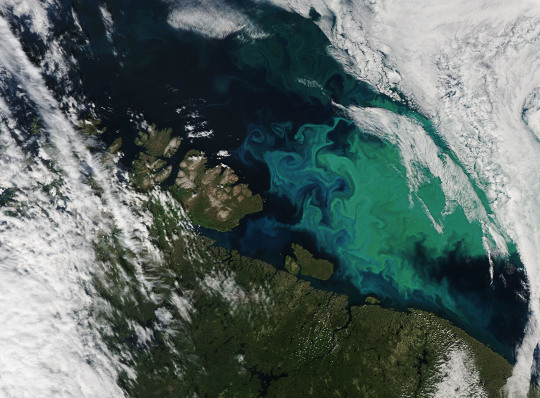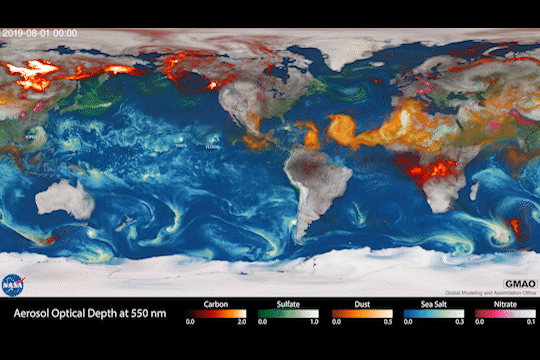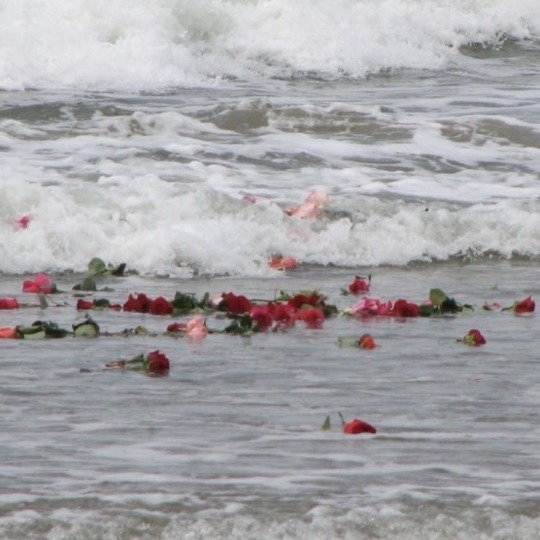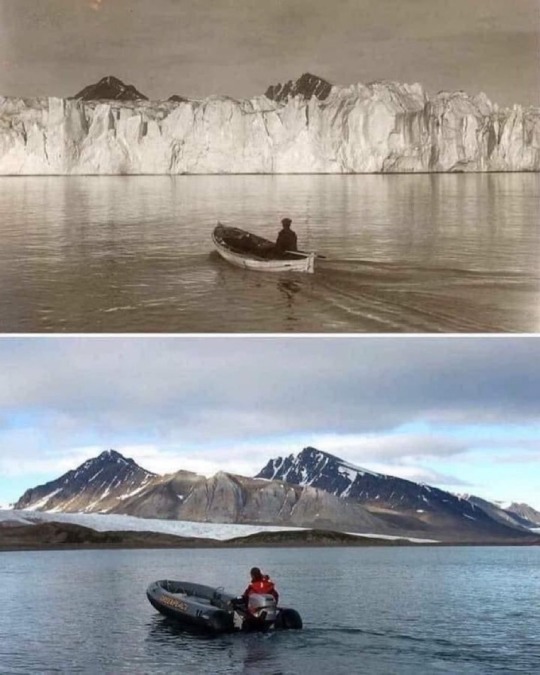#warm ocean
Text

Seed: 1349208326
1 note
·
View note
Text

"as the sun sets,"
instagram | shop | commission info
#artists on tumblr#animated illustration#backgrounds#digital art#2d animation#myillust#background art#environment illustration#animated gif#sunset#cozy rooms#evening#ocean waves#reading nook#helloo! just wanted to share this quick little artwork i made! c: this was originally just a warm-up painting of the clouds#but i ended up liking the end result a looot so i added the window reading nook idea around it to really frame the clouds!#this really is a quick one heh so there's not much else to say - i really hope you'll like this!#and i hope you'll have a lovely day/night ahead!
5K notes
·
View notes
Text






𝑻𝒉𝒊𝒔 𝒊𝒔 𝒕𝒉𝒆 𝒍𝒊𝒇𝒆 𝑰 𝒄𝒓𝒂𝒗𝒆 ☕️
#chaotic academia#academia#dark academia#classic academia#literature#aesthetic#college#english literature#paris france#paris#parislife#parisian vibe#dreaming#dream#dream life#life#lifestyle#warm#calm#beautiful#tranquility#love#romantic#europe#coffee#baguette#ocean#sea#romantic academia#countryside
1K notes
·
View notes
Text

Sharpening Our View of Climate Change with the Plankton, Aerosol, Cloud, ocean Ecosystem Satellite
As our planet warms, Earth’s ocean and atmosphere are changing.
Climate change has a lot of impact on the ocean, from sea level rise to marine heat waves to a loss of biodiversity. Meanwhile, greenhouse gases like carbon dioxide continue to warm our atmosphere.
NASA’s upcoming satellite, PACE, is soon to be on the case!
Set to launch on Feb. 6, 2024, the Plankton, Aerosol, Cloud, ocean Ecosystem (PACE) mission will help us better understand the complex systems driving the global changes that come with a warming climate.

Earth’s ocean is becoming greener due to climate change. PACE will see the ocean in more hues than ever before.
While a single phytoplankton typically can’t be seen with the naked eye, communities of trillions of phytoplankton, called blooms, can be seen from space. Blooms often take on a greenish tinge due to the pigments that phytoplankton (similar to plants on land) use to make energy through photosynthesis.
In a 2023 study, scientists found that portions of the ocean had turned greener because there were more chlorophyll-carrying phytoplankton. PACE has a hyperspectral sensor, the Ocean Color Instrument (OCI), that will be able to discern subtle shifts in hue. This will allow scientists to monitor changes in phytoplankton communities and ocean health overall due to climate change.

Phytoplankton play a key role in helping the ocean absorb carbon from the atmosphere. PACE will identify different phytoplankton species from space.
With PACE, scientists will be able to tell what phytoplankton communities are present – from space! Before, this could only be done by analyzing a sample of seawater.
Telling “who’s who” in a phytoplankton bloom is key because different phytoplankton play vastly different roles in aquatic ecosystems. They can fuel the food chain and draw down carbon dioxide from the atmosphere to photosynthesize. Some phytoplankton populations capture carbon as they die and sink to the deep ocean; others release the gas back into the atmosphere as they decay near the surface.
Studying these teeny tiny critters from space will help scientists learn how and where phytoplankton are affected by climate change, and how changes in these communities may affect other creatures and ocean ecosystems.

Climate models are one of our most powerful tools to understand how Earth is changing. PACE data will improve the data these models rely on.
The PACE mission will offer important insights on airborne particles of sea salt, smoke, human-made pollutants, and dust – collectively called aerosols – by observing how they interact with light.
With two instruments called polarimeters, SPEXone and HARP2, PACE will allow scientists to measure the size, composition, and abundance of these microscopic particles in our atmosphere. This information is crucial to figuring out how climate and air quality are changing.
PACE data will help scientists answer key climate questions, like how aerosols affect cloud formation or how ice clouds and liquid clouds differ.
It will also enable scientists to examine one of the trickiest components of climate change to model: how clouds and aerosols interact. Once PACE is operational, scientists can replace the estimates currently used to fill data gaps in climate models with measurements from the new satellite.

With a view of the whole planet every two days, PACE will track both microscopic organisms in the ocean and microscopic particles in the atmosphere. PACE’s unique view will help us learn more about the ways climate change is impacting our planet’s ocean and atmosphere.
Stay up to date on the NASA PACE blog, and make sure to follow us on Tumblr for your regular dose of sPACE!
1K notes
·
View notes
Text









#a little bit of everything. warm water. flowers#ice. flowers on ice#fish. beauty <3#cottagecore#nature#naturecore#flowers#flowercore#water#watercore#moodboard#fish#ocean#sea#messy moodboard
3K notes
·
View notes
Text


Whenever Stanley closes his eyes, he can feel the older man's aura surrounding him. [Blank Scripts AU]
#im literally about to pass out#i made this while im about to fall asleep#im not very coherent#my apologies if the description or the meaning of the image doesnt translate very well#i was originally planning on doing more panels but i got tired and shortened it#damn it#but basically this is just The Narrator (Black) emitting his energy out (aura)#it feels really cold#like an ocean of ice#that black mass is NOT the narrator's (Black's) true form#that black mass is like a physical manifestation of what the Narrator's (Black's) aura looks like#(in Stanley's imagination at least)#but Stanley is too much of a simp to care about all that#hug wife... wife very cold but thats okay. hug wife#maybe hug will warm wife up#tsp blank scripts au#tsp au#the stanley parable#the stanley parable ultra deluxe#tsp#tspud#tsp narrator#narrator tsp#stanley tsp#tsp stanley#stanley x narrator#narrator x stanley#stanarator#stannarator#stanarrator
441 notes
·
View notes
Text


clownfish swimming through bleached anemones | jonoallenphotography on ig
if you have a moment and are mentally able, please read the text accompanying the original instagram post, located at the source link above, and this short article by The National Oceanic and Atmospheric Administration. if not, please just share it around.
it's true this video is strikingly beautiful, but the truth behind it is, in my opinion, necessary for everyone to know.
#stim#clownfish#coral reefs#climate change#sfw#orange#black#white#blue#animals#global warming#marine life#sea creatures#fish#underwater#cnidarians#sea anemones#oceans#coral bleaching#climate change awareness#global warming awareness#ishy gifs#postish
311 notes
·
View notes
Text
By Julia Conley
Common Dreams
April 25, 2023
Scientists are so alarmed by a new study on ocean warming that some declined to speak about it on the record, the BBC reported Tuesday.
"One spoke of being 'extremely worried and completely stressed,'" the outlet reported regarding a scientist who was approached about research published in the journal Earth System Science Data on April 17, as the study warned that the ocean is heating up more rapidly than experts previously realized—posing a greater risk for sea-level rise, extreme weather, and the loss of marine ecosystems.
Scientists from institutions including Mercator Ocean International in France, Scripps Institution of Oceanography in the United States, and Royal Netherlands Institute for Sea Research collaborated to discover that as the planet has accumulated as much heat in the past 15 years as it did in the previous 45 years, the majority of the excess heat has been absorbed by the oceans.
In March, researchers examining the ocean off the east coast of North America found that the water's surface was 13.8°C, or 14.8°F, hotter than the average temperature between 1981 and 2011.
The study notes that a rapid drop in shipping-related pollution could be behind some of the most recent warming, since fuel regulations introduced in 2020 by the International Maritime Organization reduced the heat-reflecting aerosol particles in the atmosphere and caused the ocean to absorb more energy.
But that doesn't account for the average global ocean surface temperature rising by 0.9°C from preindustrial levels, with 0.6°C taking place in the last four decades.
The study represents "one of those 'sit up and read very carefully' moments," said former BBC science editor David Shukman.
Lead study author Karina Von Schuckmann of Mercator Ocean International told the BBC that "it's not yet well established, why such a rapid change, and such a huge change is happening."
"We have doubled the heat in the climate system the last 15 years, I don't want to say this is climate change, or natural variability or a mixture of both, we don't know yet," she said. "But we do see this change."
Scientists have consistently warned that the continued burning of fossil fuels by humans is heating the planet, including the oceans. Hotter oceans could lead to further glacial melting—in turn weakening ocean currents that carry warm water across the globe and support the global food chain—as well as intensified hurricanes and tropical storms, ocean acidification, and rising sea levels due to thermal expansion.
A study published earlier this year also found that rising ocean temperatures combined with high levels of salinity lead to the "stratification" of the oceans, and in turn, a loss of oxygen in the water.
"Deoxygenation itself is a nightmare for not only marine life and ecosystems but also for humans and our terrestrial ecosystems," researchers from the Chinese Academy of Sciences, the National Center for Atmospheric Research, and the National Oceanic and Atmospheric Administration said in January. "Reducing oceanic diversity and displacing important species can wreak havoc on fishing-dependent communities and their economies, and this can have a ripple effect on the way most people are able to interact with their environment."
The unusual warming trend over recent years has been detected as a strong El Niño Southern Oscillation (ENSO) is expected to form in the coming months—a naturally occurring phenomenon that warms oceans and will reverse the cooling impact of La Niña, which has been in effect for the past three years.
"If a new El Niño comes on top of it, we will probably have additional global warming of 0.2-0.25°C," Dr. Josef Ludescher of the Potsdam Institute for Climate Research told the BBC.
The world's oceans are a crucial tool in moderating the climate, as they absorb heat trapped in the atmosphere by greenhouse gases.
Too much warming has led to concerns among scientists that "as more heat goes into the ocean, the waters may be less able to store excess energy," the BBC reported.
The anxiety of climate experts regarding the new findings, said the global climate action movement Extinction Rebellion, drives home the point that "scientists are just people with lives and families who've learnt to understand the implications of data better."
Read more.
#climate change#global warming#ocean warming#ocean acidification#deep ocean currents#degradation of ecosystems#ocean deoxygenation
966 notes
·
View notes
Text




go with the flow
#sky#aesthetic#beauty#nature#ocean#beach#soft aesthetic#moodboard#soft moodboard#naturecore#warm aesthetic#cool aesthetic#cozycore#art#photography#pretty skies#mountains#travel#sea#warm and cozy#fairycore#cottagecore#countryside#seashore#cozy cottage#cozy aesthetic#blue skies#blue sky#art hoe#earthcore
381 notes
·
View notes
Text

Son of the Sea
#micas art#twst#twisted wonderland#twst silver#silver vanrouge#selkie au#ell's amazing fic and my trip to the ocean yesterday spurred this on!#i have a few ideas id like to explore with my art for this au but theyre gonna take me a bit of time to work out#i just thought id get this idea out first bc the image of baby silver all wrapped in his big warm comfy coat would not leave me alone#this niche little au means so much to me :'))
565 notes
·
View notes
Text









#aesthetic#cozy vibes#cozy places#cottagecore#cottage aesthetic#cottage style#vacation vibes#explore#travel#traveling#wanderlust#vacation#summer vibes#places#trip#architecture#landscape#old architecture#sea#ocean#scenery#moodboard#ocean views#seascape#beachlife#water#season#cozy weather#weather#warm vibes
152 notes
·
View notes
Text

0 notes
Text

This is the same exact spot in the Arctic Ocean photographed 105 years ago vs what it looks like today. But sure, climate change is a hoax
961 notes
·
View notes
Text
California has gotten its first tropical storm watch ever. The last time a tropical storm hit California was in September of 1939 just after Hitler had started World War II. They didn't issue such watches in those days.
Major Hurricane Hilary in the Pacific is way stronger than low energy Hurricane Don in the Atlantic a few weeks ago; the latter spent only a few hours as a hurricane as it spun around aimlessly away from land.
Hilary will weaken from the current Category 4, but how much it will weaken is still not certain. If it maintains sustained winds of at least 74 MPH/119 KMH when it reaches California, then it will become California's first ever official hurricane.
Hurricane Hilary is expected to hit Southern California as a tropical storm, with a punch that could include flash flooding and significant amounts of rain, according to the National Hurricane Center.
A tropical storm watch for much of Southern California was issued Friday morning. The National Weather Service's San Diego outpost said this was the first time such an advisory had ever been issued for the region.
As somebody who's been through half a dozen tropical cyclones on the East Coast, I would advise our California friends that rain is a bigger hazard than wind – in most cases. People in areas which have the potential for flooding should particularly remain on alert.
The 1939 storm, called El Cordonazo, became the first and only tropical storm to make landfall in the state in the 20th century, according to the National Weather Service. NWS says the storm, which was at one point a hurricane, originated off the southern coast of Central America before moving north and eventually coming ashore at San Pedro, California.
Resulting floods from the storm killed at least 45 people across the Southern California region and caused $2 million in damage to structures and crops, the weather service reports. Another 48 people were also killed at sea.
There were far fewer people in California in 1939 when El Cordonazo caused deadly flooding.
Here is the current forecast for rainfall potential.

Keep up with the track of Hurricane Hilary here. Southern California should begin to feel the effects of Hilary on Sunday afternoon. Monitor local emergency information and follow advisories.
And if you're wondering why this is happening...
Our oceans are the warmest in recorded history. This is why it's so concerning
#hurricane hilary#california#potential flooding#california's first tropical storm since 1939#climate change#warming oceans#climate disasters
699 notes
·
View notes
Photo

miss hermes..
#hermes costello#JoJo's Bizarre Adventure#jjba#Stone Ocean#deliart#u see me learning how to draw a new flower and then never visually shutting up about it#this time its magnolias. they rule. ive also never seen one in real life.#as u can all see this dress is clearly taking inspiration from the 2022 f/w gucci collab collection#it had quite a few bangers but the white dress? oh how i want it#i considered drawing it full on but i wanted to try to be a little different at least#also !! slightly more toned down colors here....warm.. cozy.. trying to embrace fall with my entire being despite being a spring enjoyer#really wanted to give it an older painting feel without actually like. painting
2K notes
·
View notes
Text



breaking the law and outing myself on the internet because i'm showcasing my senior dance thesis on april 28 at 6:30 and 8:30 pm Eastern Standard Time and i want You to see it
we don't have a livestream link yet but we will. in the meantime look at these cool posters and this cool blurb. ok now save the date SEE YOU SOON
#my stuff#my art#these posters went through 14 separate drafts. it was a harrowing and difficult experience#i am Fully Going through it which means 1) physical health is suffering 2) social life also but 3) the thing is going to be so fucking good#sarus is gonna be the best thing ive ever made when we finish it. i Know it#so i want you to see it because it's one of those ambitious stories where everything's bigger than life#and the world is old and young and scary and kind and people live fearlessly and with cowardice#BUT EVERYTHING WILL BE OK. IF YOU JUST KEEP WALKING. this is going to be one of those stories#so many dance blurbs and descriptions are like stupid technical like oh we explored the effect of weighing down our hands and feet#on our Center of Gravity and how it altered the rotational momentum of turns and jumps#or else they're stupid esoteric like oh the wind blew..... and the children wept and all over the world the oceans rose... (global warming)#so i was determined to make this blurb (which is going in the schoolwide email blast) accessible and provocative#and inviting#in a provocative way#im very Locked in rn. im Hyperfocused as fuck. i am not eating as well asi should be but IM TRYING#AND THATS WHAT MATTERS#im inviting all of u bc this is a piece that is going to try and say something and i want everyone ive ever loved to hear it#oghey bye
125 notes
·
View notes